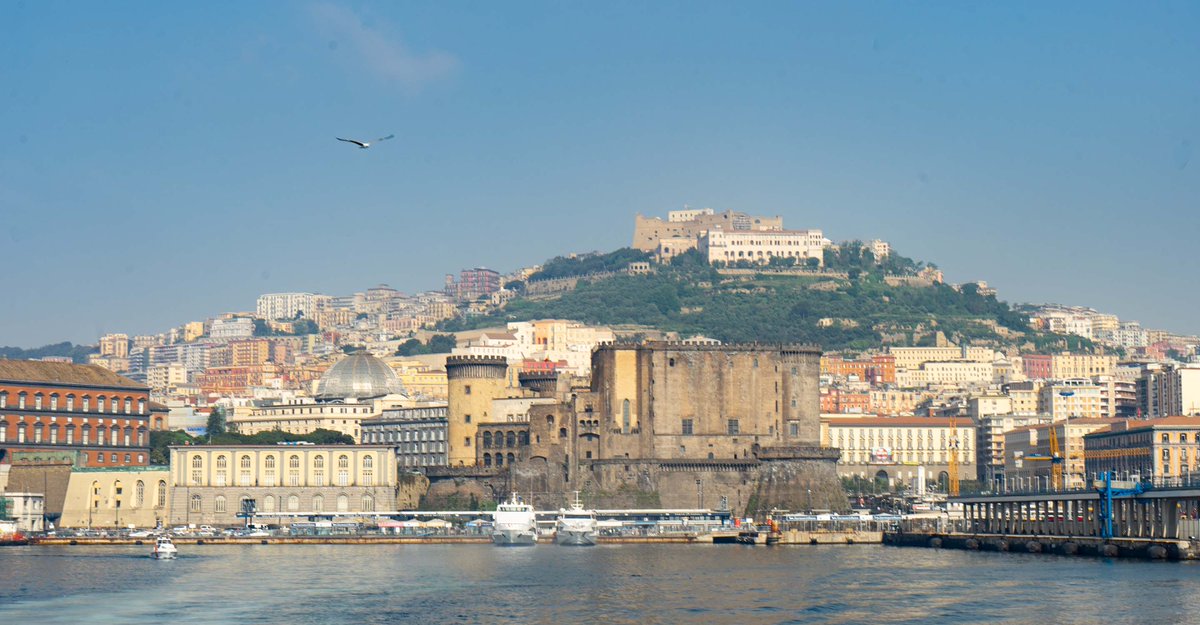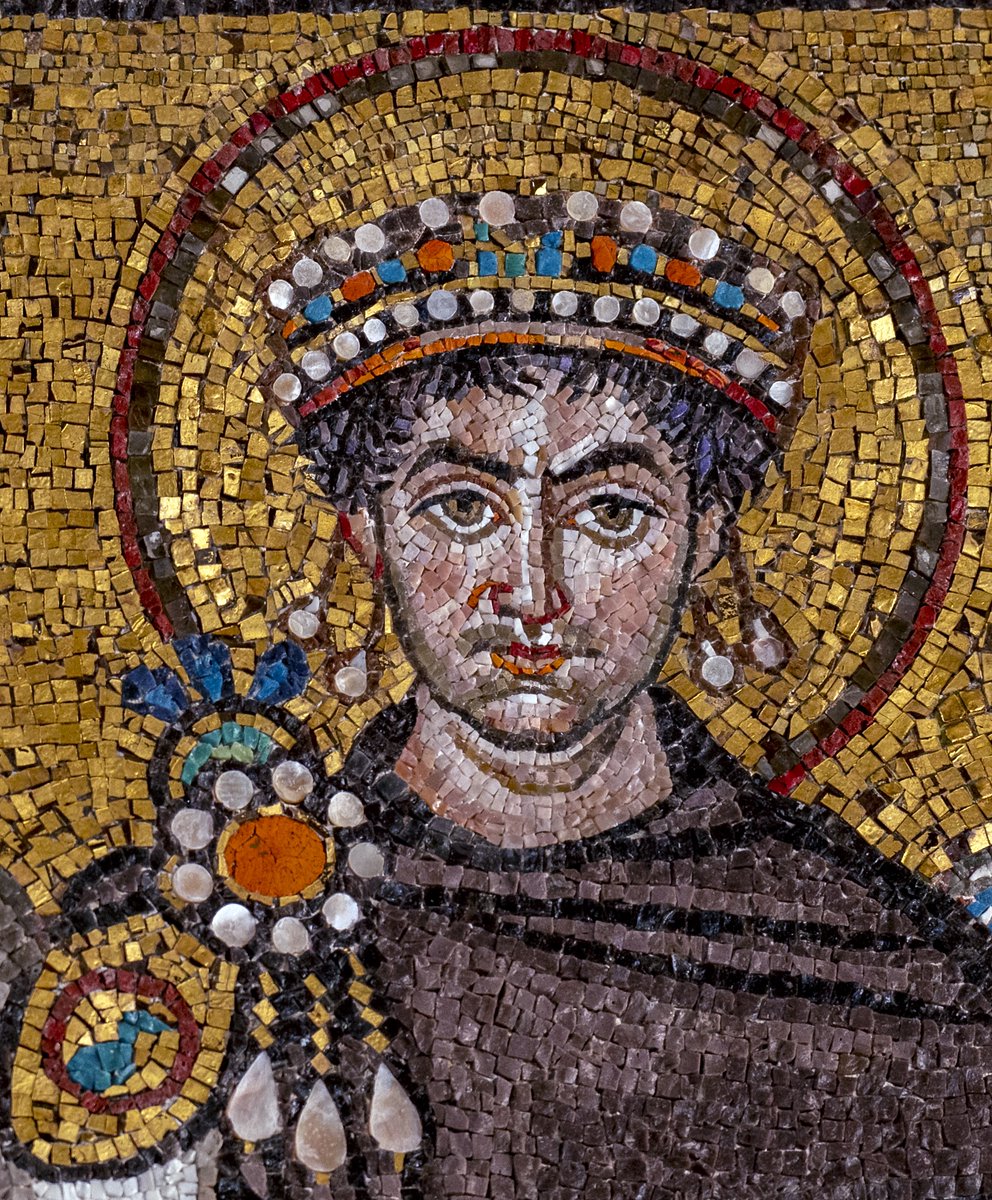
Sometime in December 533, Belisarius fought his second major battle against the Vandals of North Africa. Let's take a close look at the Battle of Tricamarum to see how Belisarius won this battle and with it the war. #BelisariusAndAntonina #Byzantine #History 

First, for context, I gently remind you that in September I tweeted all about Belisarius' arrival in North Africa and the beginning of his campaign against the Vandals. If you want to review, this is the thread of threads that collects it all together:
https://twitter.com/byzantineprof/status/1575831159757414400
Following his triumphant entry into Carthage on September 15, 533, Belisarius remained in the city. It was not until December that he moved out, ready to fight what all must have assumed to be the climactic battle against the Vandals. 

The Vandals had not been idle. Gelimer, the Vandal king, had collected all the soldiers he could, including survivors from the Battle of Ad Decimum and the 5,000 men his brother Tzazo had recently brought back from Sardinia. 

In early December, Gelimer marched his army into Tunisia and camped near Carthage, hoping to draw out Belisarius. The Roman general made the Vandal king wait for an undetermined amount of time.
Procopius suggests that Belisarius wanted to make sure Carthage was secure and safe before he departed, likely so that the Romans would have a stout base to which to fall back if the coming battle went poorly. 

Sometime in December, Belisarius was ready, and sent the Roman army out of Carthage in two groups: the first was entirely cavalry (around 5,000) and the second was all the infantry (around 10,000) and 500 cavalry. 

Belisarius gave command of the cavalry force to his trusted subordinate John the Armenian, and himself commanded the slower army of (mostly) infantry. Soon enough, John and the cavalry encountered the Vandals camped at Tricamarum.
The exact location of Tricamarum has not been securely identified. It was a site approximately 20 miles west of Carthage. There was a broad plain for the Vandal camp and a small stream, around which the battle would rage.
Perhaps on December 15, the Vandals lined up along their side of the stream, and John the Armenian arranged his cavalry on the Roman side. Belisarius arrived about this time, having rushed ahead with his 500 cavalry to avoid missing the battle. 

The Roman infantry were still marching, several hours behind, so the initial stages of Tricamarum were a cavalry battle. Belisarius began the battle by sending some of his personal guardsmen, under the command of John the Armenian, across the stream to probe the Vandal line.
The probe was of brief duration, and the Roman cavalry fell back when they faced resistance. This was repeated a second time. The third time, Belisarius commanded John to take all of his personal guardsmen, and the attack was no mere probe.
The fighting between Belisarius' personal guardsmen and the Vandals grew fierce, and the Romans killed Tzazo, the brother of Gelimer. Seeing this, Belisarius ordered the general attack, and the entirety of the Roman cavalry crossed the stream and charged the Vandal lines. 

Almost immediately, the Vandals broke and retreated pell-mell back to their camp. The Romans gave chase, killing some 800 Vandal soldiers, but broke off the pursuit when the Vandals reached their camp.
Belisarius now waited for the arrival of his infantry, who were much better suited to storming an enemy encampment. In the late afternoon, the infantry arrived, and Belisarius moved with them immediately against the camp. 

This should have been a last stand of the Vandals, a chance to etch their bravery into the history books. Instead, Gelimer lept upon his horse without a word and fled out of the camp. The remaining Vandal warriors lost heart and also fled.
The Romans therefore did not even really have to fight to take the camp. The fleeing Vandal soldiers were ruthlessly cut down, the Vandal women and children who were present in the camp were captured and enslaved.
The Battle of Tricamarum was over. It broke Vandal power forever. Some Vandals were captured, and would be sent east to fight the Persians on behalf of the Romans. Gelimer would be captured within a few months. The Vandal state was no more.
Belisarius had now all but completed his signature victory. He would stay in North Africa for several more months, but it was now all clean up and administrative work. 

• • •
Missing some Tweet in this thread? You can try to
force a refresh


















